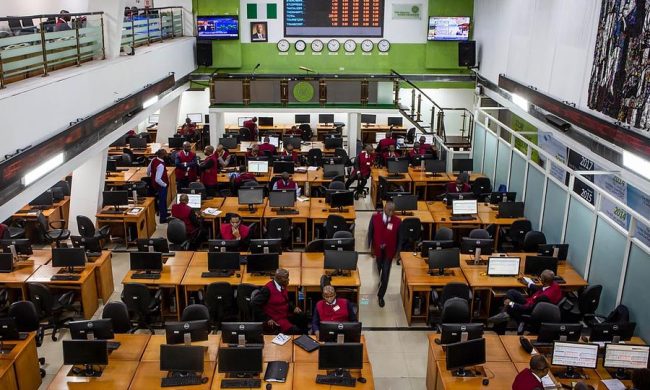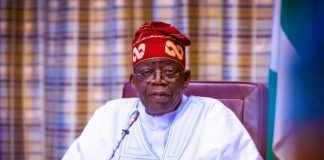Apart from feuds between music celebrities and popular political rows, a major talking point for 2016 so far in Nigeria has been the case of the deadly disease – The Lassa Fever.
Lassa Fever (Lassa Hemorrhagic Fever) is an acute and often fatal viral disease, with fever. The Lassa Fever is usually acquired from infected rat. This has been spread to different parts of Nigeria with a couple of recorded deaths already. Unlike the case of the Ebola virus, no one knows how it spread into Nigeria and it has become imperative to keep surroundings clean and free from all types of rats.
As expected, the rate of purchase of rat gums and poisons have soared and hand sanitizers will also be in huge demand. However, a very surprising aspect is the conversation figures that Lassa Fever has generated online from the 1st of January till now. Putting into consideration, the fact that 2016 has been a busy year so far with different and twisted stories, Lassa Fever has topped the conversation.

A whooping 1.4 billion potential impressions have been generated with Twitter taking about 99% of the whole conversation. Of course, general conversation tone on Lassa fever has been quite negative. Popular music celebrity @IamDbanj has racked up over 140 retweets on his tweet on keeping environment clean – making him the second most influential Twitter author for the Lassa Fever in Nigeria after @adeyanjudeji.


The news of the Lassa Fever coming into Lagos has generated the highest form of conversations so far on the deadly disease.
After all of these figures, is the Lassa Fever being handled the way the Ebola virus was? There are many doubts.
We further segmented the conversation in two parts – The conversation reporting and talking about the damage that the fever has caused, and the enlightenment on the part of thought leaders and media bodies.

This clearly shows that there is a significantly higher percentage of people who are talking about the dangers of the disease (77%) rather than general enlightenment (23%).
We also looked at Age and Gender statistics and mostly males appeared to be more interested about the knowledge of the disease than the females. Also, people within the age bracket of 35 years and above are talking about the disease the most.


From our analysis, no medical institution or government body has owned the conversation on the Lassa Fever epidemic. Most conversations are championed and driven by the Twitter community. @DrDayoAdeyanju (On Twitter) is the closest to a medical institution or personnel in providing health tips and assisting with information on the deadly disease.
So far, media bodies (ChannelsTV, TheBeat99.9FM etc) and Online Influencers (@Bar_Baric, Linda Ikeji) have been the major drivers of the conversation. It’s very important that medical bodies begin to position themselves as thought leaders and problem solvers. It also assists in customer loyalty when the crisis is over.













